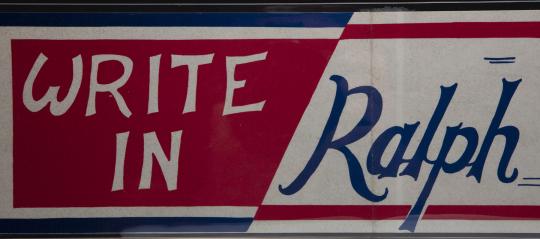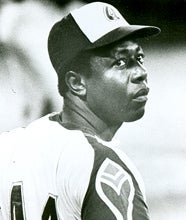- Home
- Our Stories
- #Shortstops: Bump in the Vote
#Shortstops: Bump in the Vote
Heading into the 1971 season, Ralph Garr had appeared in a total of 70 big league games – 37 of which came in 1970.
But three months into his first full big league campaign, Garr had become a national name – thanks to his hot-hitting ways and a lot of work by the Atlanta Braves’ public relations team.
Braves Gear
Represent the all-time greats and know your purchase plays a part in preserving baseball history.
A third-round draft pick by the Braves in 1967, Garr starred at Grambling University before beginning his ascent to the majors. He won the International League batting title for Triple-A Richmond in 1969 with a .329 average and repeated top honors in 1970, hitting .386. But a deep Braves outfield that featured Hank Aaron and Rico Carty kept Garr from claiming a regular job.
Carty, however, suffered a devastating knee injury during winter ball after the 1970 season and did not play at all in 1971, opening a spot for Garr.
Garr started in left field on Opening Day 1971, and by May 1 was batting .411 on the strength of 37 hits in the Braves’ first 21 games. He kept up his hot pace through May and was batting .360 as late as June 9. But Braves fans who wanted to send Garr to the July 13 All-Star Game in Detroit found that Carty – not Garr – was listed on the official fan ballot.
So on Sunday, June 27, the Braves staged “Write-in-Ralph” day for their contest against the Cincinnati Reds, and 15,937 fans at Atlanta Stadium came out to support the effort. “Write In Ralph Garr” bumper stickers were distributed, one of which is preserved in the Library Archive at the National Baseball Hall of Fame and Museum.
The National League even went so far as to allow fans to write in “Roadrunner” on the ballot – a nickname the speedy Garr earned and one that would count as a vote for him.
Garr, however, did not receive enough votes to earn a spot on the team when balloting ended June 30. Hank Aaron, Willie Mays and Willie Stargell started the All-Star Game in the outfield for the NL, with Bobby Bonds, Lou Brock, Roberto Clemente, Willie Davis, Pete Rose and Rusty Staub selected as reserve outfielders.
Garr, who was hitting .325 with 62 runs scored at the All-Star break, was left off the roster.
“It would be wonderful to play in the All-Star Game, but I can understand being left off the ballot,” Garr told the Associated Press in June. “I was up and down (to the minors in 1970).”
Garr would finish the 1971 season hitting .343 with 219 hits and 101 runs scored, earning back-of-the-ballot support in the NL Most Valuable Player voting. He would get his long-deserved All-Star Game spot in 1974 when he led the NL with a .353 batting average and 214 hits.
Over 13 big league seasons, Garr hit .306, scored 717 runs and stole 172 bases – and only 39 players in the game’s history posted more 200-hit seasons than Garr (who had three).
An artifact from the first of those seasons never found its way onto a car bumper – but has a permanent home in Cooperstown.
Craig Muder is the director of communications for the National Baseball Hall of Fame and Museum
Related Stories
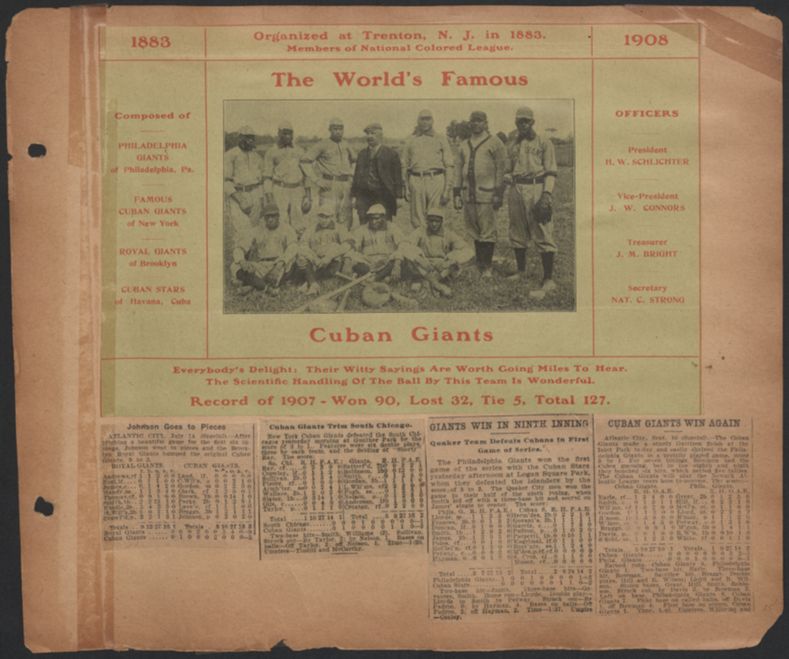
#Shortstops: History’s mysteries preserved in Big Bill Smith scrapbook

#Shortstops: Jones’ spikes celebrate Jackie’s legacy
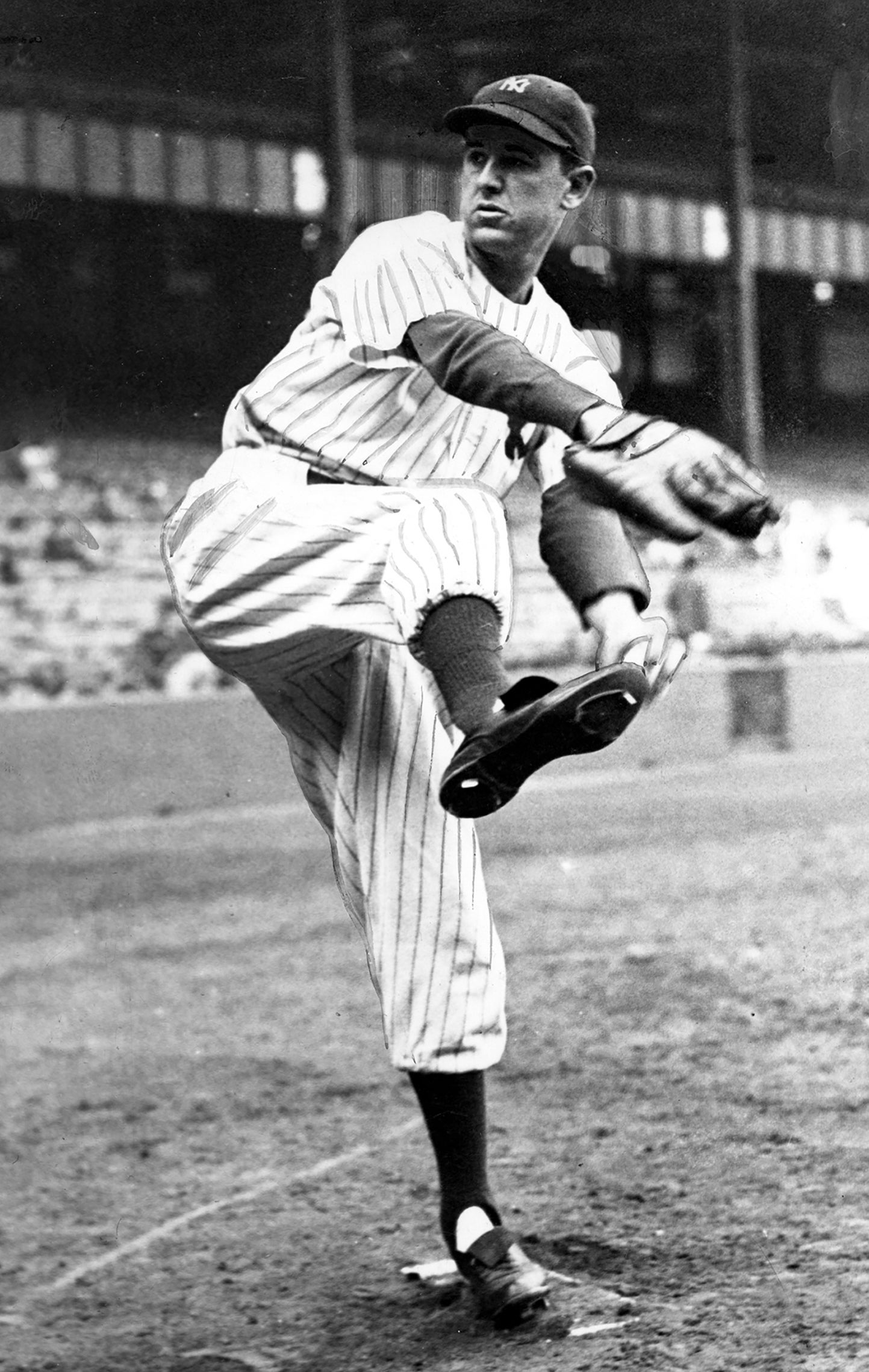
#Shortstops: Lefty’s world
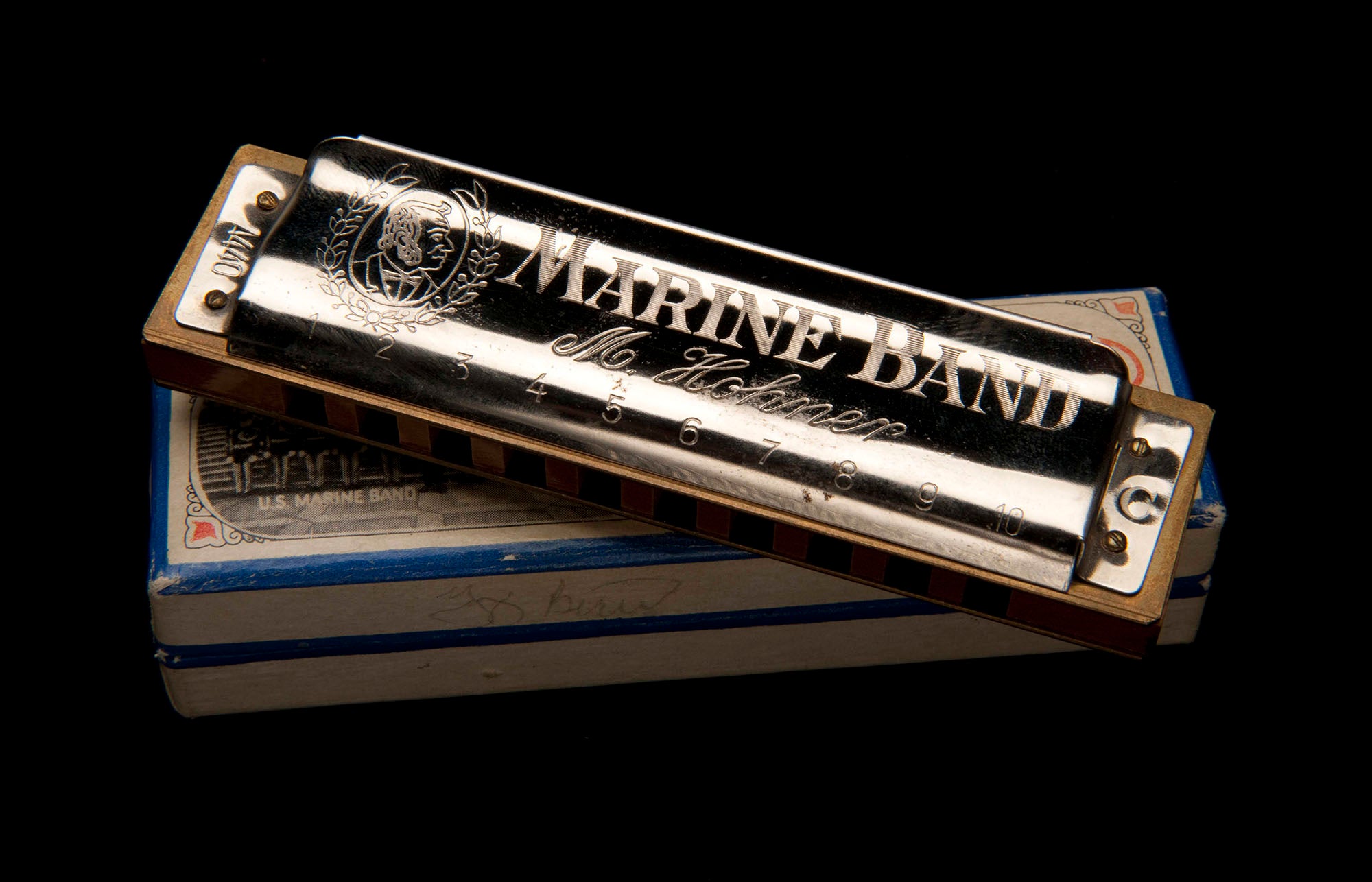
#Shortstops: Music Box

#Shortstops: History’s mysteries preserved in Big Bill Smith scrapbook

#Shortstops: Jones’ spikes celebrate Jackie’s legacy

#Shortstops: Lefty’s world



